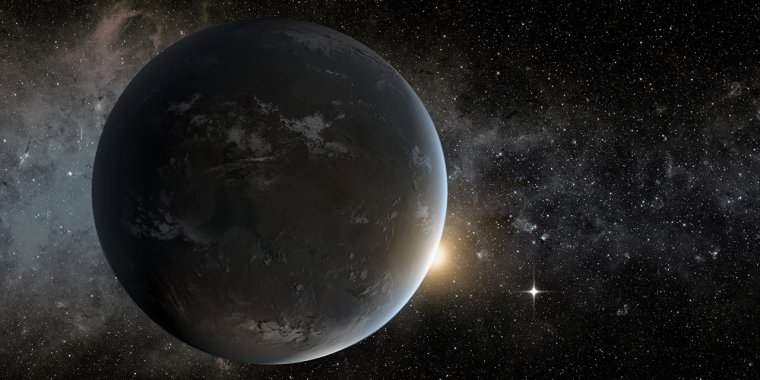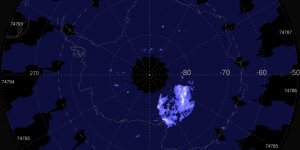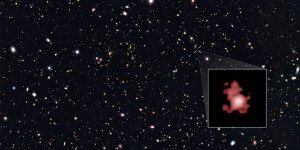| News / Space News |
Rocky 'Super-Earth' Planet Discovered near Milky Way’s Old Star
Scientists have discovered a huge 'super Earth' planet near one of the oldest stars in the galaxy.

TOI-561b - artist conception. Photo: NASA
The planet, called TOI-561b, is about 50 per cent larger than Earth, but requires less than half a day to orbit its star. This is partly due to the planet's close proximity to its star, which also results in blistering surface temperatures of over 1,700°C (3,000°F).
While it's likely too hot to host alien life, the planet's existence suggests that the universe has been forming rocky planets almost since its inception 14 billion years ago.
Researchers from the University of California, Riverside, discovered TOI-561b using the W.M. Keck Observatory in Hawaii, and confirmed the findings with data from NASA's Transiting Exoplanet Survey Satellite (TESS).
An initial analysis suggests that, while the planet has roughly three times the mass of Earth, its density is actually the same as our planet.
Professor Stephen Kane, a planetary astrophysicist at the University of California, Riverside, and team member on the study, said: 'This is surprising because you'd expect the density to be higher. 'This is consistent with the notion that the planet is extremely old.'
As planets age, they become less dense because not as many heavy elements are available as when they formed, Professor Kane added.
Heavy elements are produced by fusion reactions in stars as they age, eventually dispersing when the star explodes.
Lauren Weiss, a postdoctoral fellow at the University of Hawaii, and team leader on the study, said: 'TOI-561b is one of the oldest rocky planets yet discovered. 'Its existence shows that the universe has been forming rocky planets almost since its inception 14 billion years ago.'
The planet orbits star TOI 561, which belongs to a rare population of stars called the galactic thick disk. Stars in the galactic thick disk are chemically distinct, with fewer heavy elements than other stars.
The scientists believe that the planet is likely too hot to host alien life. However, they have not ruled out the possibility that life once thrived on TOI-561b.
'Information about a planet's interior gives us a sense of whether the surface of the planet is habitable by life as we know it,' Professor Kane said. (Tasnim News Agency)
YOU MAY ALSO LIKE





